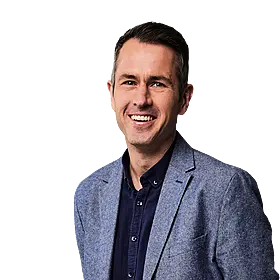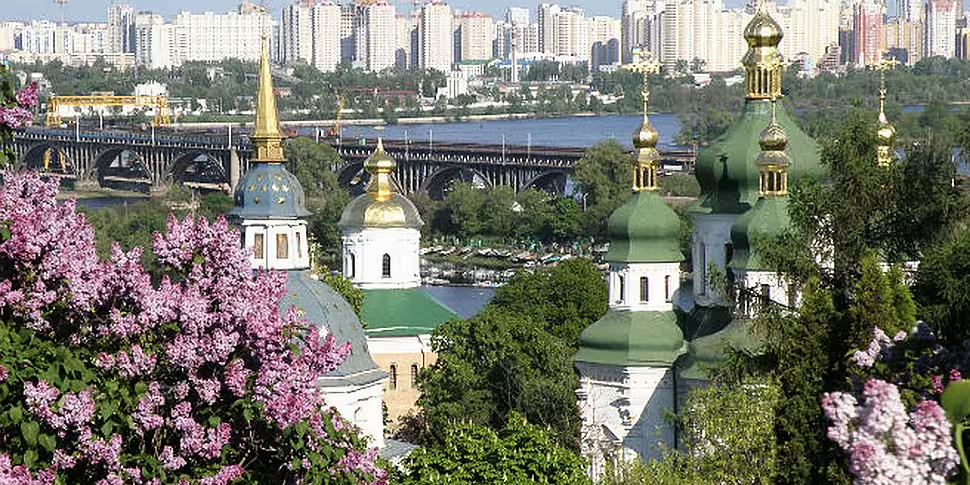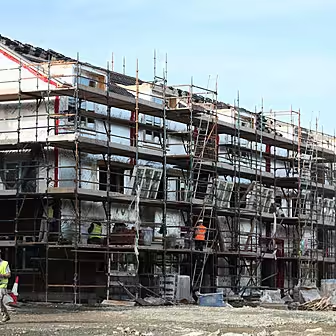In 2014 violence consumed the Ukrainian capital, Kiev, as protests against the incumbent president Viktor Yanukovych erupted into civil unrest. The EU and Russia had been vying for influence in the Ukraine since this massive nation declared its independence from the Soviet Union in 1991. Yanukovych’s decision to shy away from the EU in favour of closer ties with Russia had instigated the protests in late 2013, which only grew worse when tough Anti-Protest Laws were brought in in January 2014.
As the anti-government protests gained momentum demonstrations began to be held in the pro-Russian regions of eastern and southern Ukraine supporting Yanukovych. With 98 people dead, 100 missing, and thousands injured Parliament voted to remove Yanukovych at the end of February 2014. In a snap-election in May the pro-EU Petro Poroshenko was elected president, retaining the position in more formal elections in October of that year.
While Yanukovych’s fall from power brought the unrest in Kiev and the west to an end it worsened tensions in eastern and southern Ukraine. In some of these pro-Russian regions armed men, claiming to be local militia, seized strategic buildings and held unrecognised referenda to establish separatist republics. These insurgencies occurred in tandem with Russia’s annexation of Crimea after the peninsula voted to join the Federation in a controversial referendum in March 2014.
Crimea had always been somewhat distinct from mainland Ukraine though. Only made part of the Ukraine in 1954 by decree of the Soviet Union, its population was majority Russian and it had limited political autonomy since 1992. This, coupled with the Russian Black Sea Fleet’s anchorage at Sevastopol, gives weight to claims for Crimean independence and their joining of the Russian Federation. The regions in eastern and southern Ukraine, however, have long historical ties to the rest of the Ukraine and didn’t enjoy the same political independence as Crimea following the fall of the Soviet Union.
After almost a year of fighting a ceasefire was signed between the Ukrainian government and the separatist forces in February of this year. Though peace reigns for the moment Poroshenko’s promise to pursue the return of Crimea and move toward EU membership mean the future of the region is uncertain. The Ukraine remains caught between Europe and Russia, ideologically, geographically, and economically.
Patrick talks with a panel of experts about this history of this fascinating region. How has the Ukraine changed over time? What was its role in the Russian Empire and Soviet Union? How was it affected by the end of the Cold War? What led up to the events of 2014? And what does the future hold for this great nation now?
Patrick also spoke with Michael Smith about his biography of the great Irish polar explorer, 'Shackleton; By Endurance We Conquer'. A full list of 'Talking History' book recommendations can be found here.









